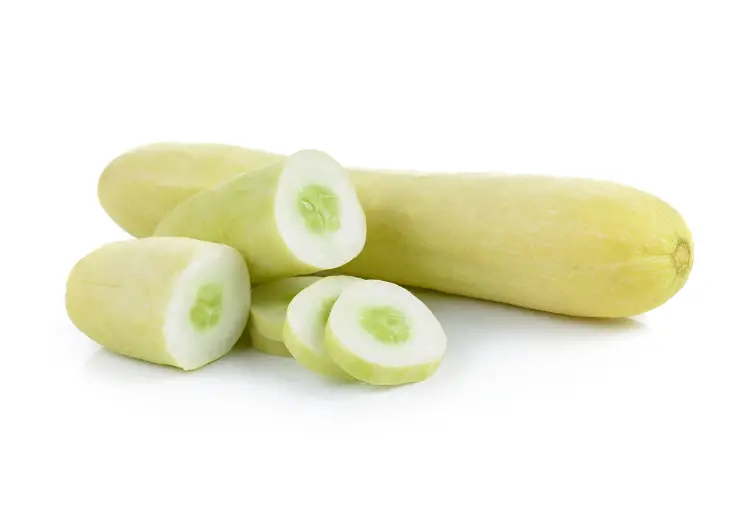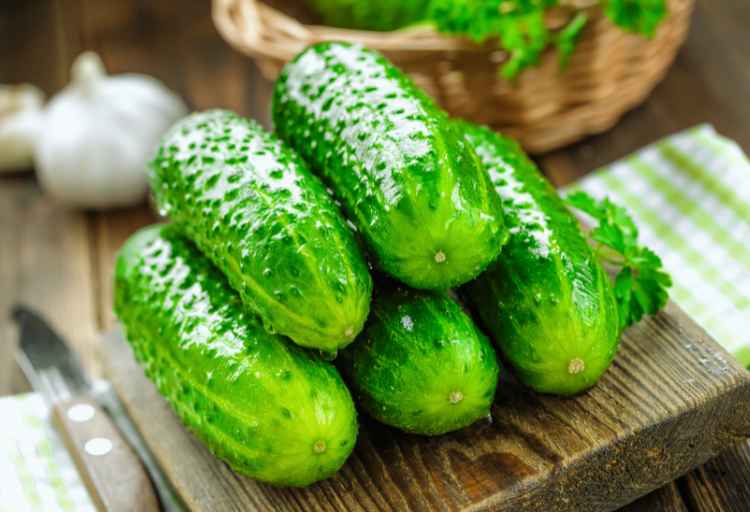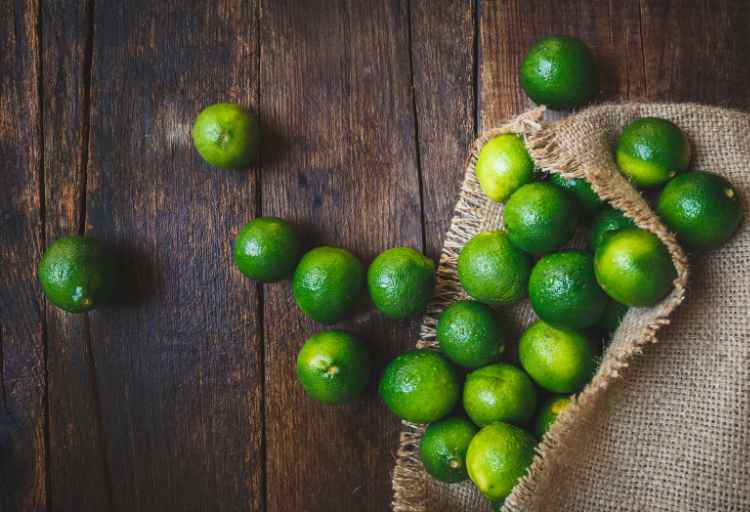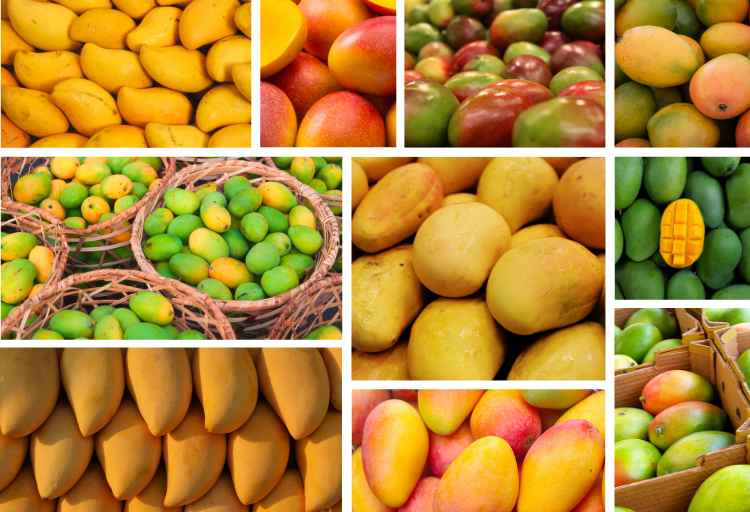Are White Cucumbers Safe to Eat? A Comprehensive Guide
White cucumbers, often referred to as “white spine cucumbers,” have gained attention in recent times due to their unique appearance.
While green cucumbers are the most common variety, white cucumbers have raised questions about their safety and nutritional value.
Are white cucumbers safe to eat? White cucumbers, known as “white spine cucumbers,” are safe to eat. Their color variation is genetic and does not indicate spoilage. Exercise usual caution when selecting produce.

Are white cucumbers safe to eat?
Understanding White Cucumbers:
White cucumbers are a distinct cultivar of the cucumber plant (Cucumis sativus) that features pale ivory-colored skin and flesh.
Unlike their green counterparts, which are widely available, white cucumbers are less common and have a milder flavor profile.
They are often referred to as “white spine cucumbers” due to the color of their skin.
These cucumbers are typically elongated, similar in shape to traditional green cucumbers, and can be found in various sizes.
Nutritional Value:
White cucumbers share nutritional similarities with green cucumbers.
They are low in calories and an excellent source of hydration due to their high water content, making them a refreshing and guilt-free snack option.
Cucumbers, regardless of color, are rich in vitamins and minerals such as vitamin K, vitamin C, potassium, and magnesium.
These nutrients contribute to maintaining healthy bones, boosting the immune system, and regulating blood pressure.
Safety Concerns:
The safety of consuming white cucumbers is a common question, especially for those who are accustomed to green cucumbers.
Rest assured, white cucumbers are generally safe to eat. The color variation in cucumbers is mainly due to genetics and does not necessarily indicate spoilage or contamination.
However, it is essential to exercise the same caution as you would with any produce. Always choose cucumbers that are firm, free of mold, and have no signs of decay.
Potential Bitterness:
One concern associated with white cucumbers is the potential for bitterness.
Bitterness in cucumbers, regardless of color, can be attributed to the presence of cucurbitacins, natural compounds that act as a defense mechanism against pests.
Bitterness is more common in wild or unripe cucumbers, but cultivated varieties have been bred to have lower levels of cucurbitacins.
If you encounter a white cucumber with an unusually bitter taste, it’s best to avoid consuming it, as bitterness can be an indicator of higher cucurbitacin content.
Culinary Uses:
White cucumbers can be used in a variety of culinary applications, much like their green counterparts. They can be sliced and added to salads for a mild and refreshing crunch.
Their subtle flavor also makes them a great addition to sandwiches, wraps, and appetizer platters.
Additionally, white cucumbers can be pickled to create a tangy and flavorful condiment that complements various dishes.
Harvesting and Storage:
If you’re growing white cucumbers in your garden, it’s important to know when to harvest them. Like green cucumbers, white cucumbers are best harvested when they are young and tender.
As they mature, they may develop tougher skin and larger seeds, which can affect their overall texture. To store white cucumbers, place them in the refrigerator’s vegetable crisper drawer.
Proper storage helps maintain their freshness and extends their shelf life.
Differences Between White and Green Cucumbers:
Apart from the obvious color difference, white and green cucumbers share many similarities. However, there are some subtle distinctions worth noting.
White cucumbers tend to have a slightly sweeter and milder flavor compared to the more pronounced taste of green cucumbers.
Additionally, the skin of white cucumbers is generally thinner, contributing to their tender texture.
Conclusion
In the world of cucumbers, white cucumbers stand out as a unique and intriguing option.
Despite their distinct appearance, they are safe to eat and offer nutritional benefits similar to their green counterparts.
While the occasional bitterness can be a concern, it is generally a rare occurrence in cultivated varieties.
Incorporating white cucumbers into your diet can provide a refreshing twist and a mild flavor to your meals, expanding your culinary horizons while staying true to a healthy eating regime.
As with any produce, prioritize freshness and quality when selecting white cucumbers, and enjoy their mild taste and potential health benefits.
FAQs
Are white cucumbers safe to eat?
Yes, white cucumbers, also known as white spine cucumbers, are safe to eat. Their color variation is due to genetics and doesn’t signify spoilage or danger.
Do white cucumbers have the same nutritional value as green cucumbers?
White cucumbers share nutritional similarities with green cucumbers. They’re low in calories, hydrating, and packed with vitamins and minerals like vitamin K, vitamin C, potassium, and magnesium.
Can white cucumbers be bitter?
Like any cucumbers, white cucumbers can sometimes exhibit bitterness, primarily due to cucurbitacins, natural compounds. However, cultivated varieties generally have lower levels of bitterness.
How should I store white cucumbers?
Store white cucumbers in the refrigerator’s vegetable crisper drawer to maintain their freshness. Ensure they are in good condition, without signs of decay, for longer shelf life.
Are there any differences between white and green cucumbers in terms of taste and texture?
While both types are similar nutritionally, white cucumbers often have a milder and slightly sweeter flavor. Their skin is generally thinner, contributing to a more tender texture compared to green cucumbers.






